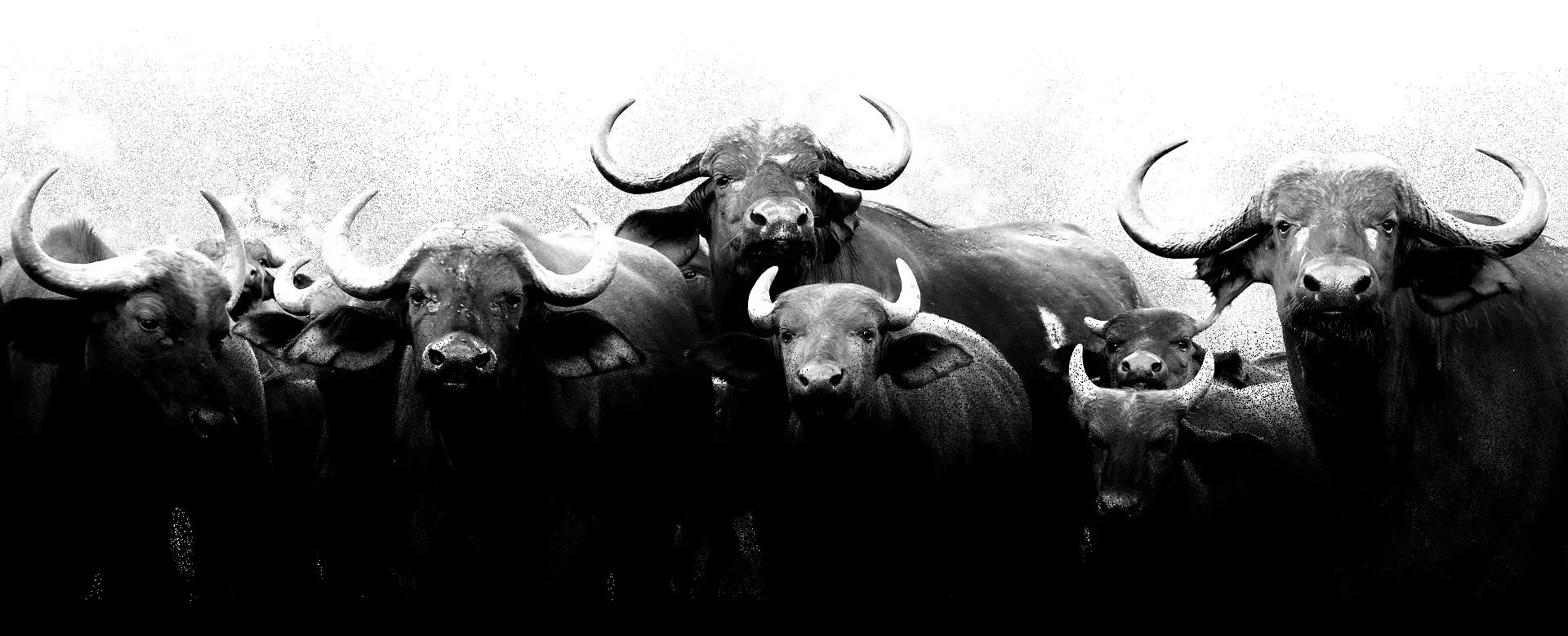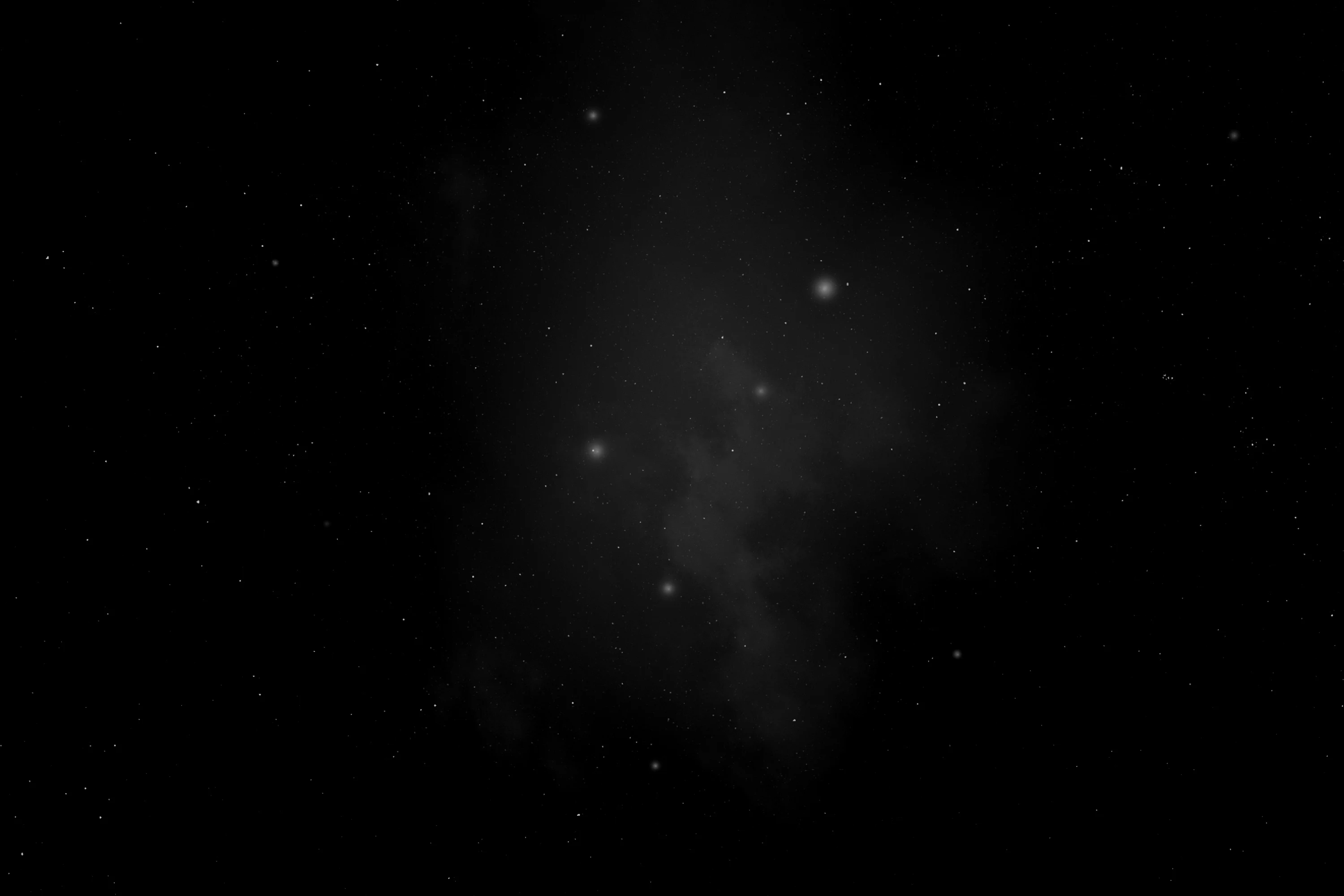
(Eupleridae)
Malagasy Carnivorans
Фаланукові
Eupleridae is a family of carnivorans endemic to Madagascar and comprising 7 known living species in seven genera, commonly known as euplerids, Malagasy mongooses or Malagasy carnivorans. The best known species is the fossa (Cryptoprocta ferox), in the subfamily Euplerinae. Species in the family Eupleridae are restricted to the island of Madagascar. Euplerids live in a variety of habitats, from humid forests, marshes, bogs, and swamps, to deserts and savannahs.
Physical Description
Aside from molecular synapomorphies, euplerids have few traits in common. They tend to have slender bodies with relatively small heads and pointed rostra, although fossas (Cryptoprocta ferox) are more cat-like in appearance, with blunt snouts. Head and body length ranges from 250 mm in Mungotictis and Salanoia to 800 mm in adult male Cryptoprocta. The thick, soft pelage is gray or brown, and spotted or striped in all but Eupleres and Cryptoprocta. The foot posture is plantigrade or digitigrade.
Reproduction
Mating systems in Eupleridae vary, as social structure varies from species to species. Fossas form monogamous pairs, while species in the genera Galidia, Mungotictis, and Salanoia are either found alone or in pairs, suggesting that they are monogamous within, but not across, breeding seasons. Species in the genera Eupleres and Galidictis live alone, in pairs, or in small family groups, which also might indicate monogamy. Mungotictis individuals live in small groups with several adults of each sex, but it is not known whether all of the adults within a group breed. Cryptoprocta individuals are strictly solitary, suggesting a polygynous or polygynandrous mating system.
Euplerids have definite breeding seasons, which vary by species and last anywhere from two to eight months. Gestation lasts around three months. Usually there are just one or two young per litter, though Cryptoprocta can have up to four. Weaning takes place between two and four and a half months.
Like all eutherian mammals, euplerid females nuture their young through a placenta until the young are born. They then provide their offspring with milk for two to four and a half months. Females of some genera, such as Cryptoprocta, select dens in which to bear and nurse their young. Mungotictis individuals live in family groups of several adults, juveniles, and young; thus, offspring have an association with their parents beyond weaning.
Euplerid lifespans in the wild are unknown. Cryptoprocta holds the longevity record in captivity, at 20 years.
Behavior
Euplerids exhibit a range of lifestyles, from diurnal to nocturnal, and from arboreal to terrestrial. When they are not active, they shelter in protected spots, such as tree hollows, crevices, burrows, or caves. Locomotion is plantigrade or digitigrade. Mungotictis decemlineata have partially webbed toes and are good swimmers. As mentioned above, social habits range from strictly solitary to group living. Some species (Fossa and Cryptoprocta) vigorously defend territories against other pairs or individuals.
Communication and Perception
Like other carnivores, euplerids can perceive visual, acoustic, chemical, and tactile signals. Communication is through scent in the form of glandular secretions and through a variety of cries, groans, and other vocalizations.
Food Habits
Euplerids are primarily carnivorous, consuming small mammals, birds, reptiles, frogs, insects, crustaceans, and other invertebrates. Eupleres goudotii is specialized for eating intertebrates such as earthworms. Fossa fossana and Galidia elegans may include some fruit in their diets in addition to animal matter.
Predation
No information is available on the specific predators of euplerids, besides humans and domestic dogs, both of which are not native to Madagascar. Cryptic coloration in the form of spots and stripes on neutral backgrounds probably conceals most species well. Eupleres goudotii is known to either run or freeze when disturbed, and Cryptoprocta ferox releases a foul-smelling substance from its anal glands when it is alarmed. Large birds of prey or large snakes are potential predators.
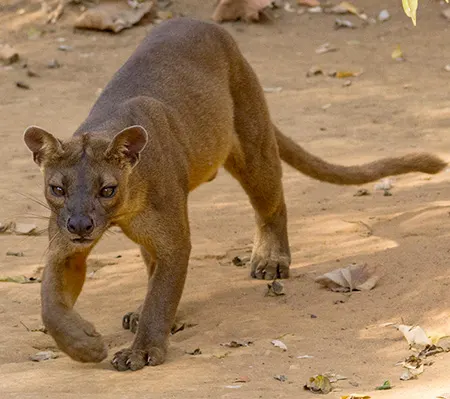
(Cryptoprocta ferox)
Fossa
Фоса
It has the most widespread geographical range of the Malagasy carnivores, and is generally found in low numbers throughout the island in remaining tracts of forest, preferring pristine undisturbed forest habitat. It occurs at elevations of up to 2,000 m.

(Eupleres goudotii)
Falanouc
Фаланук
It is found in forests in the eastern and northern parts of Madagascar, at elevations of up to 1,600 m.
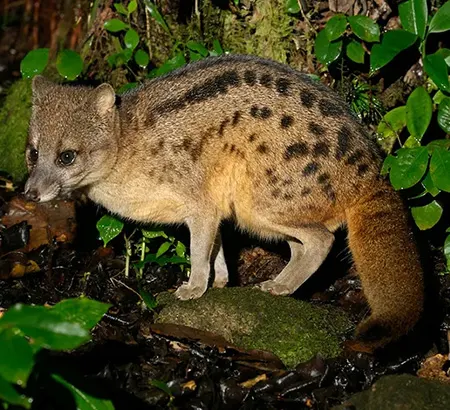
(Fossa fossana)
Fanaloka
Фаналока
It is found in lowland and rainforest areas of the eastern and northern regions of Madagascar, at elevations of up to 1,600 m.
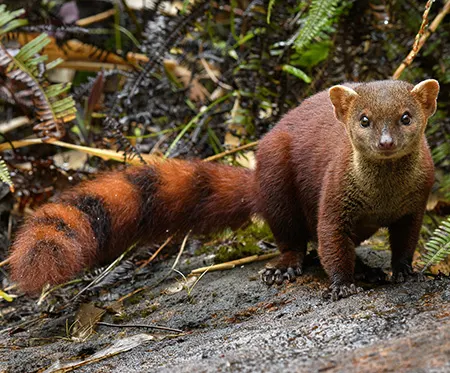
(Galidia elegans)
Ring-tailed Vontsira
Вонціра кільцехвоста
It is endemic to the island of Madagascar, where it is widely distributed across the eastern, northern, and western forests. It occurs at elevations from sea level up to 1,950 m in the Andringitra mountain range.
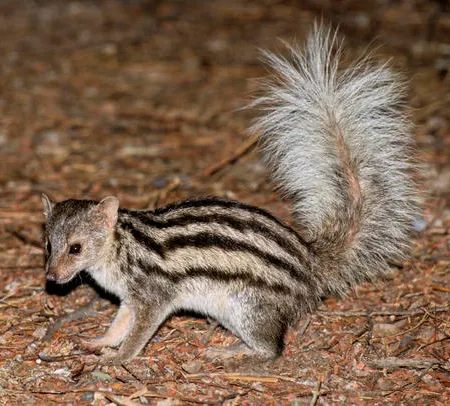
(Galidictis fasciata)
Striped Vontsira
Вонціра смугаста
It is endemic to the island of Madagascar, where it is widespread in eastern moist forests from lowlands to about 700 m above sea level.

(Mungotictis decemlineata)
Bokiboky
Мангуста вузькосмуга
It inhabits the western Madagascar succulent woodlands and northern Madagascar spiny thickets in western and south-western Madagascar, where it lives from sea level to about 125 m.

(Salanoia concolor)
Brown-tailed Vontsira
Вонціра бурохвоста
It inhabits lowland tropical humid forests in north-eastern Madagascar, occurring at elevations up to 2,000 m.
